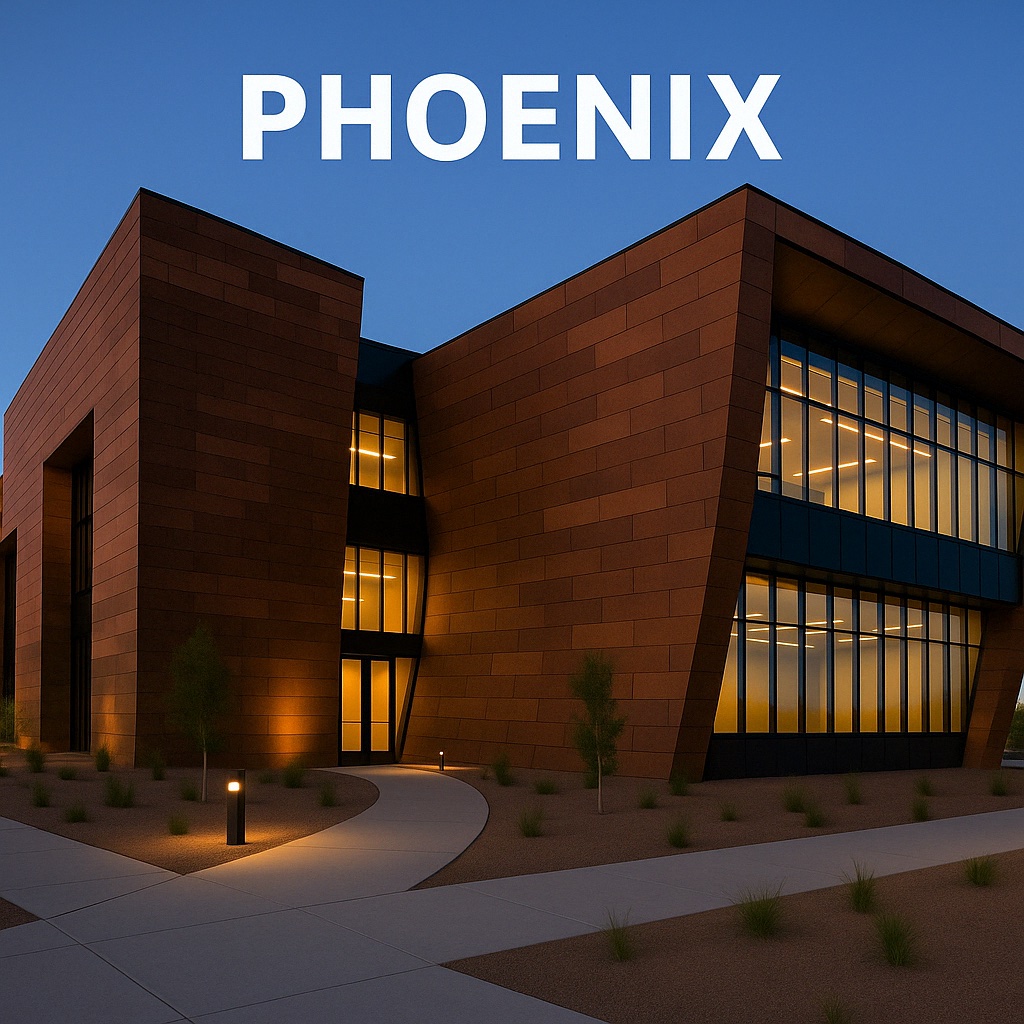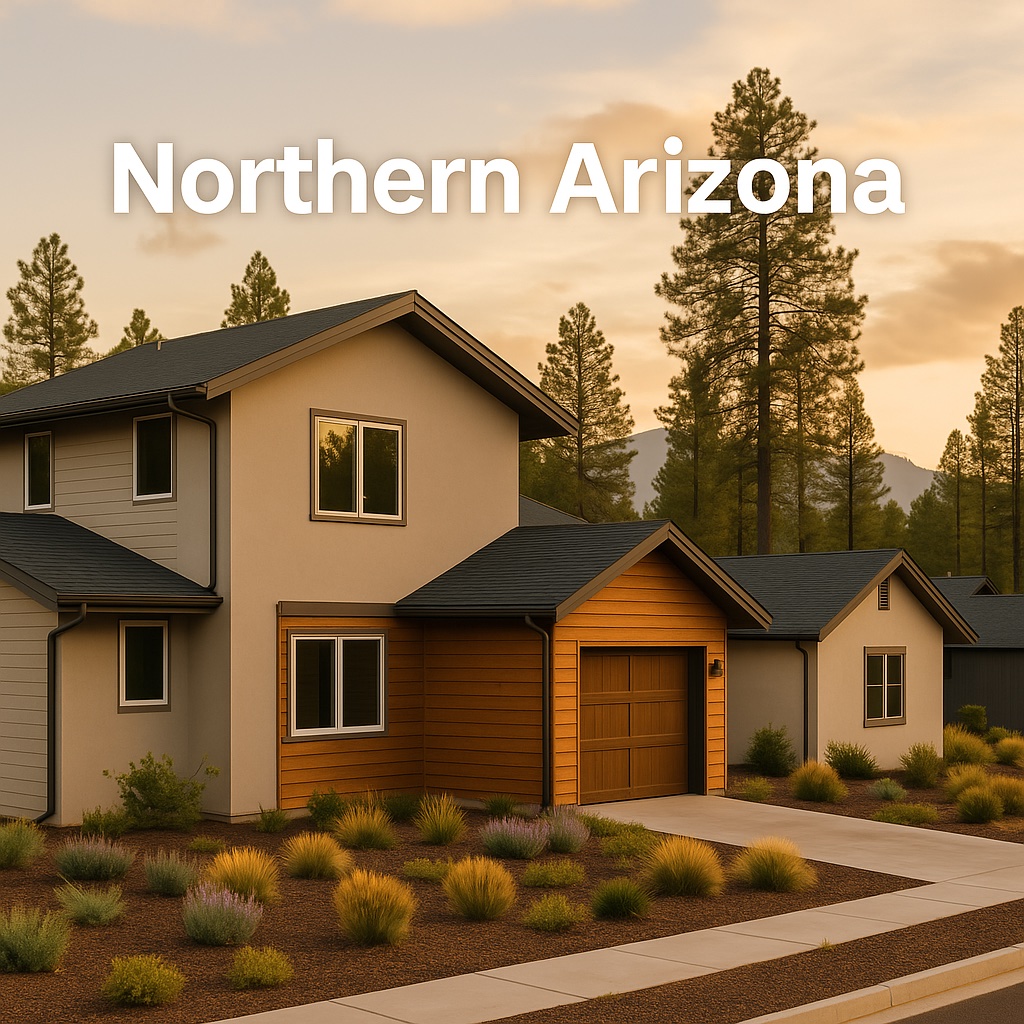The Path to a Greener, Stronger, More Resilient Future

As resources become more strained and weather patterns more unpredictable across the U.S., architects, builders, and residents alike are embracing smarter materials, energy-efficient systems, and low-impact design strategies. The goal isn’t just to protect against disaster—it’s to build homes that honor the landscape while preparing for the challenges ahead.

Part of this shift includes a closer look at the materials used in new construction. Fire-, heat-, mold-, and pest-resistant products are quickly becoming the gold standard—particularly in climates as intense as Arizona and Nevada's, and as uncertain as California’s.
Builders seeking to reduce waste, increase efficiency, and minimize risk are increasingly turning to prefabricated systems, magnesium-based sheathing, and waterproof coatings designed for rapid installation and long-term performance.
Building smarter across the Southwest

Phoenix is evolving. With extreme heat becoming a seasonal norm, Valley leaders, architects and homeowners are turning their focus toward sustainability.
This shift goes beyond temperature records—it’s about designing for a future that prioritizes environmental responsibility, cost efficiency and long-term resilience.
With Arizona’s exploding population, the Valley is following through on its growing commitment to sustainability–from solar-powered municipal buildings to green infrastructure innovations across the city.

Northern Arizona is rethinking resilience. With wildfire threats increasing and heat extremes reaching new highs, communities from Payson to Flagstaff are prioritizing sustainable building practices that respond to both climate and community needs.
Efforts like the Flagstaff Watershed Protection Project aim to mitigate the risk of potentially devastating wildfires by managing forest fuels and restoring natural ecosystem functions.

California is adapting. After enduring one of the most destructive wildfire seasons in recent history, communities across the state are redefining what it means to rebuild. Architects, builders, and local leaders are leaning into sustainability—not just to recover, but to create homes and spaces that are safer, stronger, and built to last.
Statewide, initiatives promoting fire-smart landscaping, renewable energy integration, and stricter building codes are driving a new wave of eco-conscious development. In regions hit hardest by fire, sustainable construction isn’t a luxury—it’s a lifeline.

Nevada is rising to meet the climate challenge. After a record-setting summer scorched Las Vegas with temperatures over 110°F for more than a third of the year, the need for sustainable building practices has become more urgent than ever. Across the state, communities are shifting focus from reactive recovery to proactive resilience.
From the urban core of Las Vegas to the wildfire-prone foothills near Reno, builders, city planners, and homeowners are exploring solutions that can withstand heat, reduce energy use, and mitigate environmental impact. In Nevada’s evolving desert climate, sustainability is no longer optional—it’s the new foundation.
Looking ahead
The future isn’t just about building more—it’s about building smarter. Sustainability isn’t a trend; it’s a necessity. And the movement has only just begun.
